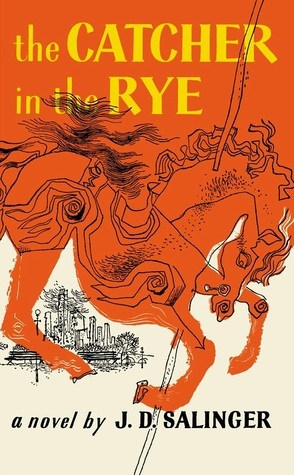In the midst of Cary’s peaceful retreat, a shift occurs when his attention is drawn to a scene unfolding on Red Bank Avenue. From his vantage point, high above the street, Cary sees an elderly woman, likely in her seventies, sitting in a wheelchair, accompanied by a man who seems to be struggling with a stalled van. The man is attempting to solve a problem with the van’s dead battery, but with no immediate help in sight and a dead phone, their situation seems hopeless. As the man fiddles with the vehicle, Cary watches from afar, feeling a brief, almost imperceptible stir of concern. However, rather than acting on his instincts, he chooses to remain passive, the calmness of his evening retreat outweighing the urge to intervene. He quietly observes their plight but remains distanced, caught between the impulse to help and the allure of his own solitude.
The chapter delves deeper into Cary’s internal conflict, capturing a moment where his youthful detachment and self-centeredness are placed in contrast with the reality of the world around him. The story paints Cary as someone who thrives in the quiet comfort of his own world, far removed from the struggles of others. The juxtaposition of his carefree evening against the unexpected intrusion of the elderly couple’s predicament highlights themes of isolation, detachment, and the tension between personal pleasure and social responsibility. Cary’s decision to remain passive is not a conscious act of cruelty, but rather a reflection of the emotional distance he’s cultivated over the years, allowing him to avoid the complexities and discomforts of human connection. This moment of observation—where he could have chosen to engage but instead decides to watch—marks a pivotal point in the narrative. It underscores the subtle ways in which people’s lives intersect and how seemingly small decisions, like choosing to help or ignore, can shape their own future actions and the fates of those around them.
Through Cary’s story, the chapter explores the complexity of human interactions, especially in moments where people are confronted with the needs of others. Cary’s inability to act—despite the obvious suffering unfolding before him—becomes an important moment of introspection for both him and the reader. As the story unfolds, this moment will likely echo in Cary’s conscience, forcing him to confront the consequences of his inaction. The chapter leaves the reader contemplating the emotional and psychological motivations that drive people’s decisions, as well as the delicate balance between empathy and self-preservation. Cary’s quiet observation on Drive-In Rock may seem trivial, but it sets the stage for deeper questions about human nature, personal responsibility, and the choices we make when we encounter suffering in the world around us.


